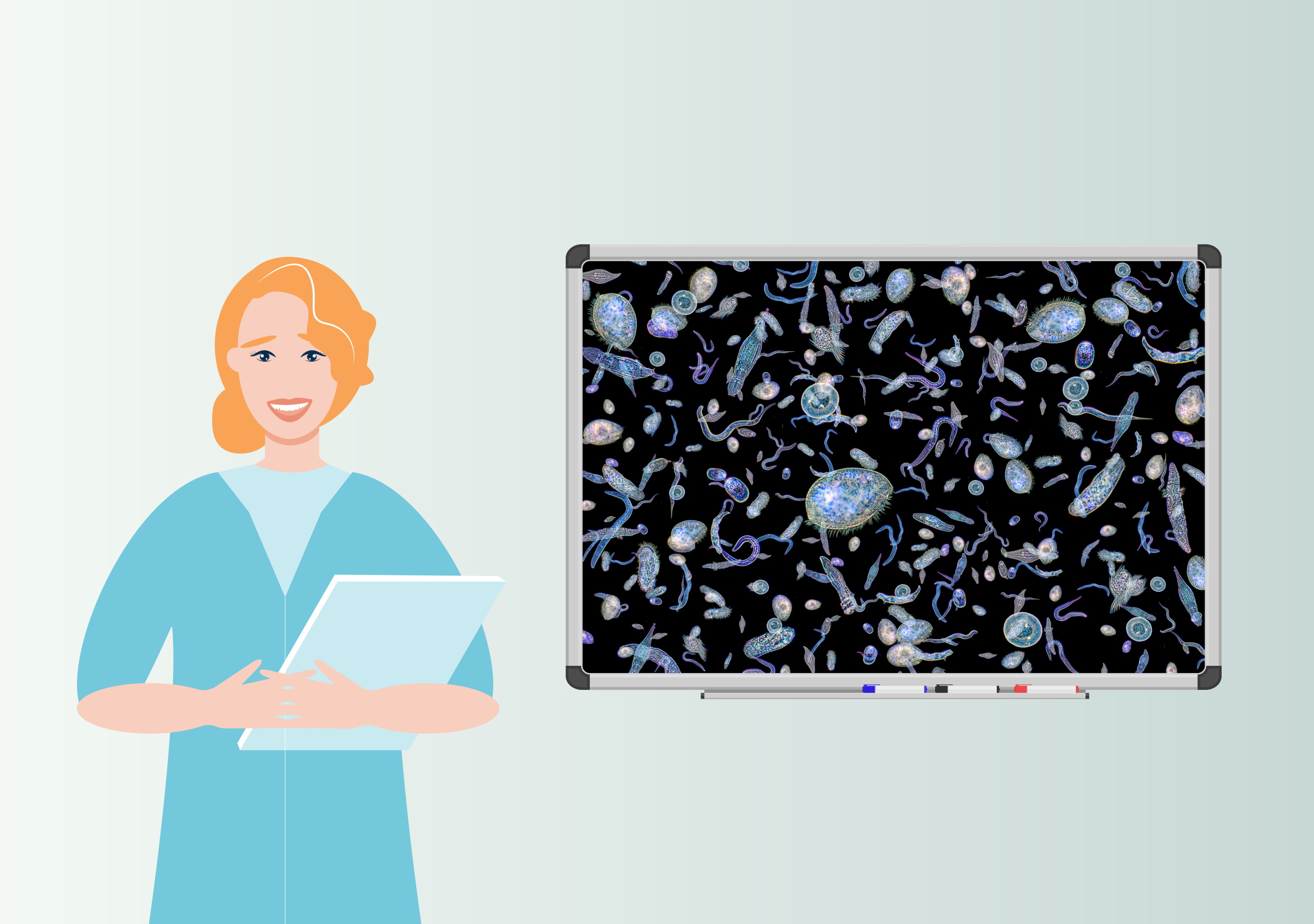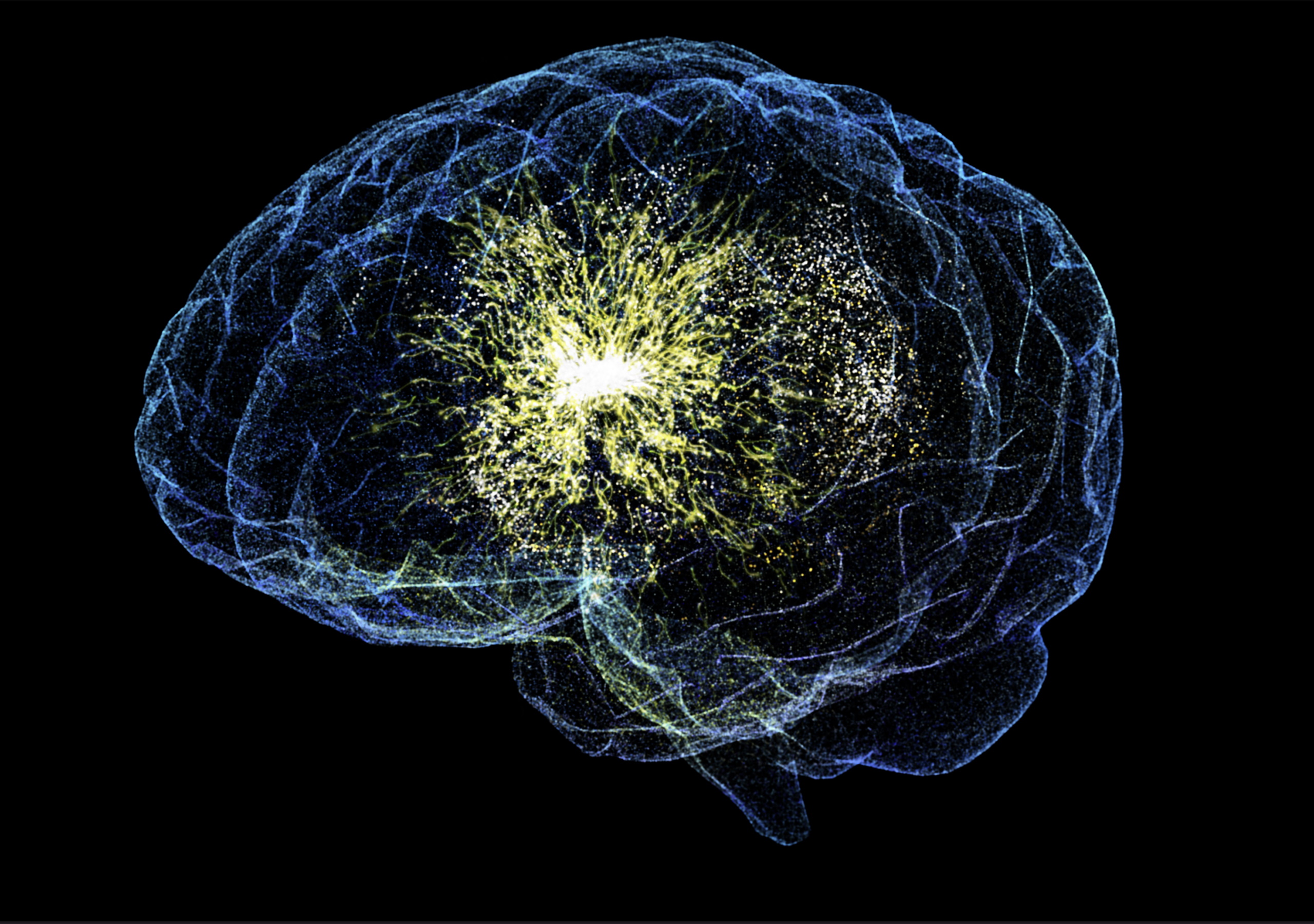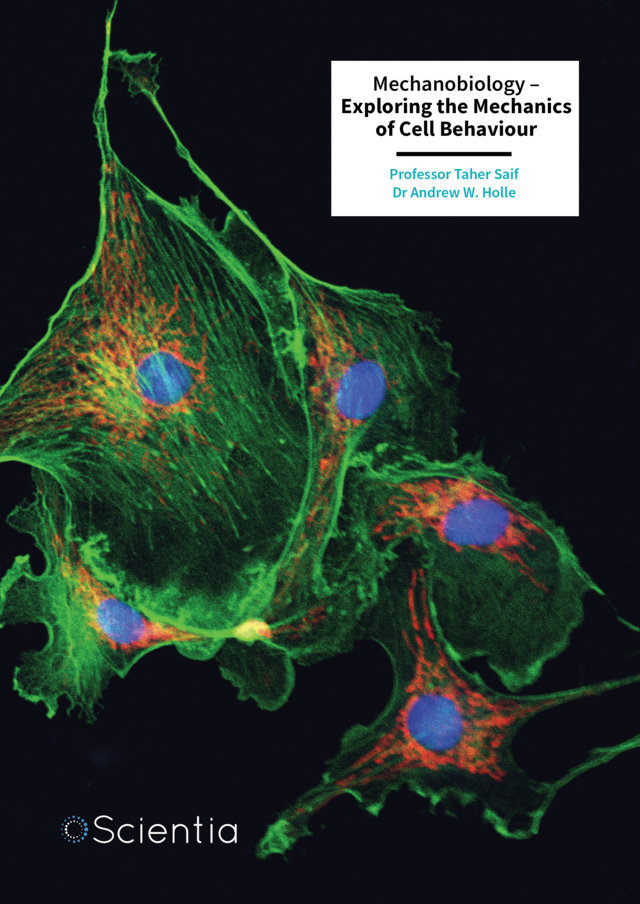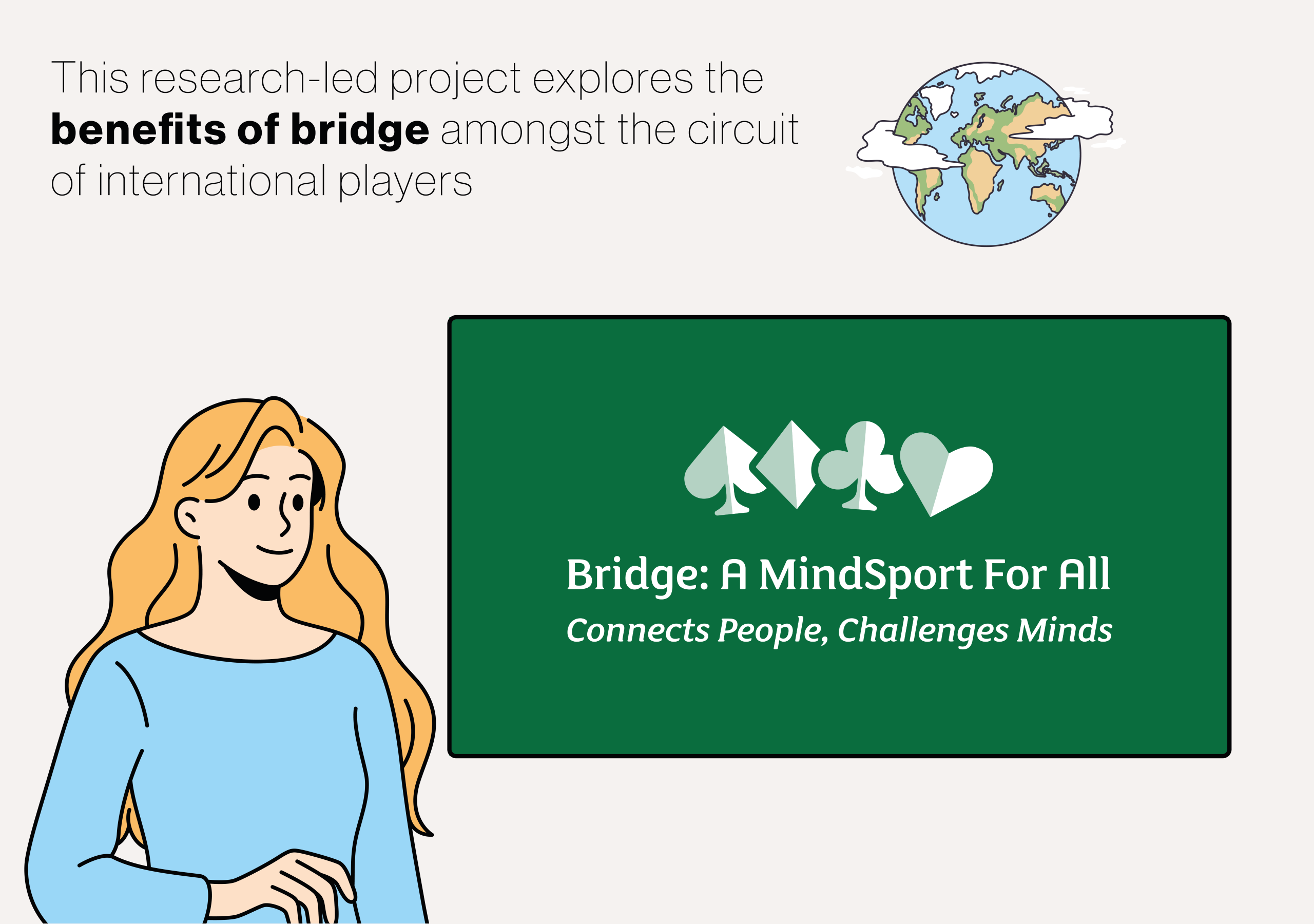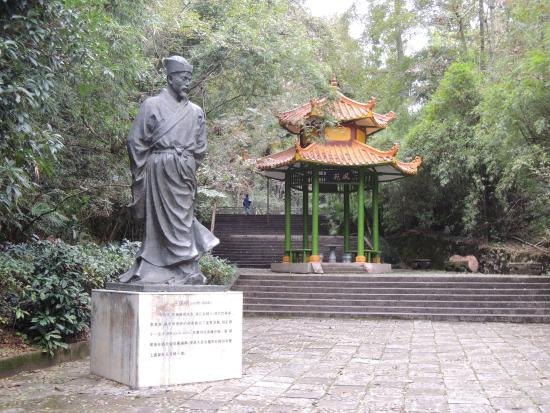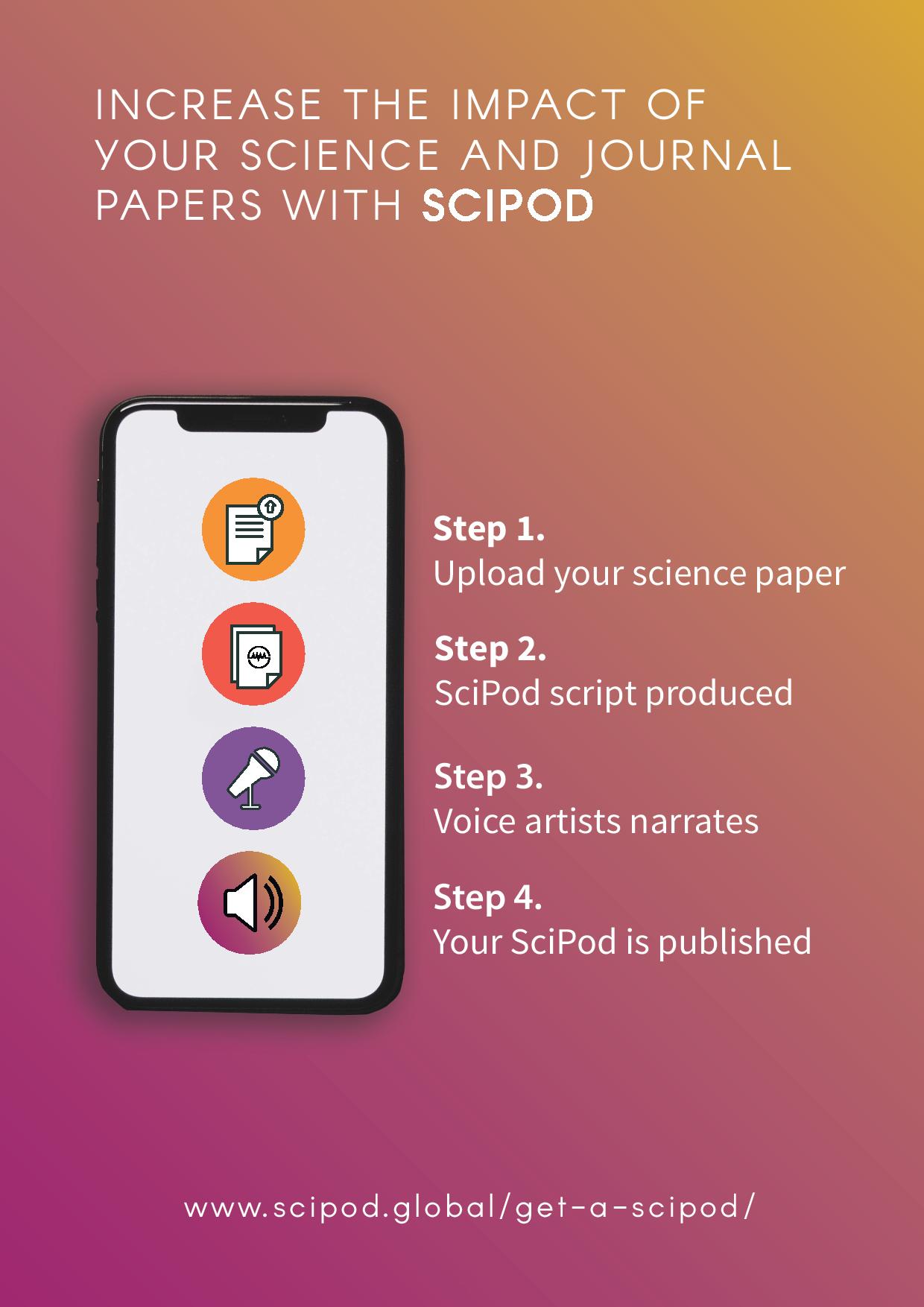How To Help Bumblebees Before The World Ends… With Dave Goulson
In this episode of SciPod Radio we talk with Dave Goulson about his research on bumblebees. We cover why they’re so important to our existence, how to get more involved with bees if your a keen gardener, and even how you can help if you’re not green-fingered or you don’t have a garden…
Resources mentioned:
Best garden flowers for bees: http://www.sussex.ac.uk/lifesci/goulsonlab/resources/flowers
For Dave’s new book click here: “The Garden Jungle: or Gardening to Save the Planet”
More SciPods Radio episodes you may like
Dr. Jon Reinders | A genetic breakthrough for farming: editing corn inside the plant, not the lab
Audiobook
About this episode
Corn is a cornerstone of modern agricultural food production, particularly in North America. Humans have selectively bred such crops over generations to create better yields, improved appearance and flavor and enhanced disease resistance. However, what if we could skip these arduous rounds of selective breeding and improve a crop’s stability and reliability regardless? Deep within the genetic blueprint of every maize kernel, scientists are aiming to achieve just this. In a recent groundbreaking study, Dr. Jon Reinders of Corteva Agriscience and his colleagues have unveiled a powerful new way to create genetically improved corn, not in a lab dish, but inside the plant itself. This new method is faster, cleaner, safer, and could transform how we grow our most essential crops. More
Original Article Reference
This Audio is a summary of the paper ‘A novel in vivo genome editing doubled haploid system for Zea mays L’, in Nature Plants, https://doi.org/10.1038/s41477-024-01795-9
Contact
For further information, you can connect with Dr Jon Reinders at jon.reinders@corteva.com
This work is licensed under a Creative Commons Attribution 4.0 International License. 
What does this mean?
Share: You can copy and redistribute the material in any medium or format
Adapt: You can change, and build upon the material for any purpose, even commercially.
Credit: You must give appropriate credit, provide a link to the license, and indicate if changes were made.
Increase The Impact Of Your Research!
More episodes
Professor Rumi Kato Price | New Approaches to Defining and Measuring Human Trafficking
Audiobook
About this episode
Research from Professor Rumi Kato Price at the Washington University School of Medicine and her colleagues, Professors Sheldon Zhang and Annah Bender, reveals how research-driven, standardized indicator approaches can better identify human trafficking victims than traditional legal and prosecutorial frameworks. Their work in Cape Town, South Africa demonstrates that trafficking victimization exists on a spectrum rather than as a binary classification, with implications for improving identification and support for victims worldwide. More
Original Article Reference
This SciPod is a summary of the papers ‘Prevalence estimates of trafficking in persons using statistical definitions: a cross-sectional high-risk community survey in Cape Town, South Africa’ in BMJ Open, https://doi.org/10.1136/bmjopen-2022-063617. ‘Diagnosing Human Trafficking Victims: A Mini-Review and Perspective’ in the Journal of Mental Health and Clinical Psychology, https://doi.org/10.29245/2578-2959/2024/1.1292 and ‘Re-conceptualizing trafficking-in-persons victimization using latent class analysis: Results from a community study in Cape Town, South Africa’ in Social Sciences & Humanities Open, https://doi.org/10.1016/j.ssaho.2025.101336
Contact
For further information, you can connect with Dr. Rumi Kato Price at pricerk@wustl.edu
This work is licensed under a Creative Commons Attribution 4.0 International License. 
What does this mean?
Share: You can copy and redistribute the material in any medium or format
Adapt: You can change, and build upon the material for any purpose, even commercially.
Credit: You must give appropriate credit, provide a link to the license, and indicate if changes were made.
Increase The Impact Of Your Research!
More episodes
Professor Germaine A. Hoston | How Traditional Chinese Philosophy Shaped Modern Revolutionary Thought
Audiobook
About this episode
Research from Professor Germaine A. Hoston at the University of California, San Diego, reveals how traditional Chinese philosophical idealism influenced the development of Chinese Marxism. Her findings demonstrate that despite their rejection of China’s feudal past, key Chinese Marxist theorists like Li Dazhao and Mao Zedong incorporated elements of Neo-Confucian idealism into their revolutionary philosophy. This “sinification” of Marxism drew particularly on concepts of consciousness, will, and the unity of knowledge and action from traditional Chinese thought, creating a uniquely Chinese revolutionary philosophy that challenged Soviet economic determinism. More
Original Article Reference
This SciPod is a summary of the paper ‘Revolutionary Confucianism? Neo-Confucian Idealism and Modern Chinese Revolutionary Thought’ in Political Research Quarterly, https://doi.org/10.1177/10659129241228489
Contact
For further information, you can connect with Dr. Germaine A. Hoston (She, Her, Hers) at ghoston@ucsd.edu
This work is licensed under a Creative Commons Attribution 4.0 International License. 
What does this mean?
Share: You can copy and redistribute the material in any medium or format
Adapt: You can change, and build upon the material for any purpose, even commercially.
Credit: You must give appropriate credit, provide a link to the license, and indicate if changes were made.
Increase The Impact Of Your Research!
More episodes
Professor Jeremy Maurer | Building a seismic timeline of the Nippes earthquake
Audiobook
About this episode
Sitting directly over a complex network of fault lines, Haiti is one of the most earthquake-prone nations on Earth. In 2021, the Nippes earthquake became the latest to devastate the country, and today, researchers are still piecing together the timeline of seismic events which unfolded during the earthquake. Through their research, Professor Jeremy Maurer and colleagues at Missouri University of Science and Technology have described how the Nippes earthquake originated, shifted, and ruptured a major fault line, triggering numerous ‘afterslip’ events in the following days. More
Original Article Reference
This Audio is a summary of the paper ‘Complex Rupture and Triggered A seismic Creep During the 14 August 2021 Haiti Earthquake From Satellite Geodesy’, in Geophysical Research Letters, https://doi.org/10.1029/2022GL098573
Contact
For further information, you can connect with Dr. Jeremy Maurer at jmaurer@mst.edu
This work is licensed under a Creative Commons Attribution 4.0 International License. 
What does this mean?
Share: You can copy and redistribute the material in any medium or format
Adapt: You can change, and build upon the material for any purpose, even commercially.
Credit: You must give appropriate credit, provide a link to the license, and indicate if changes were made.
Increase The Impact Of Your Research!
More episodes
Join Our 7 part mini-series to guide you through creating a successful outreach and impact campaign called:
“Improving Science Communication And Impact: How To Get Your Research Heard”



